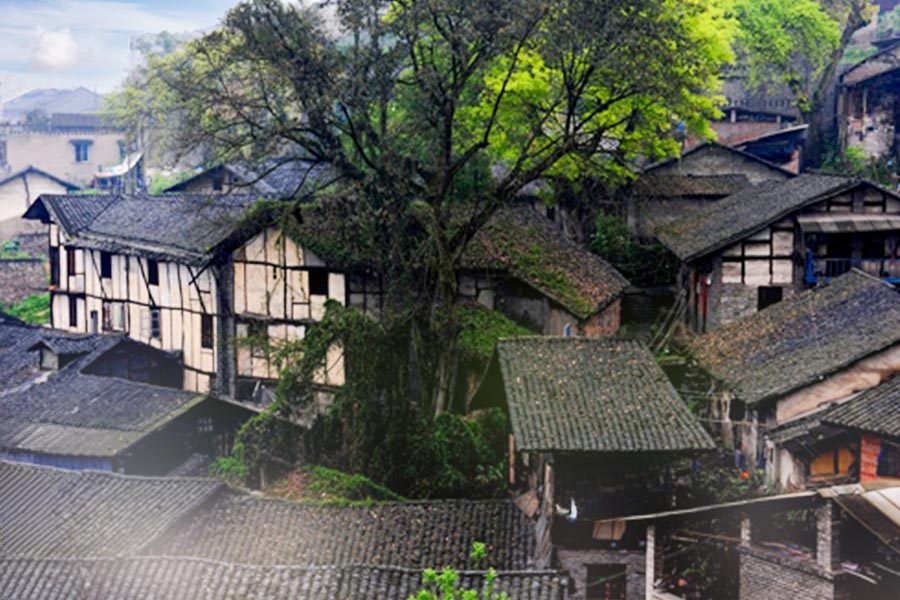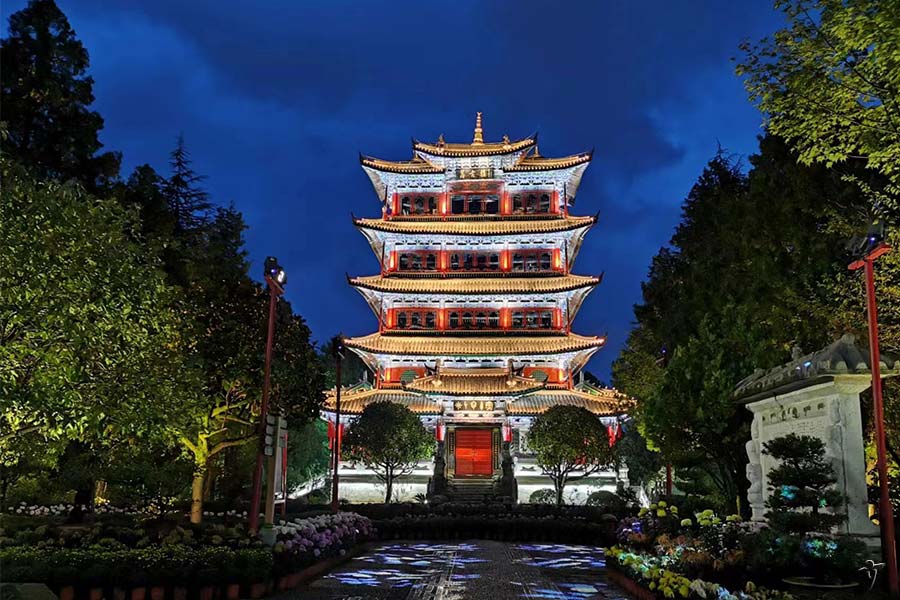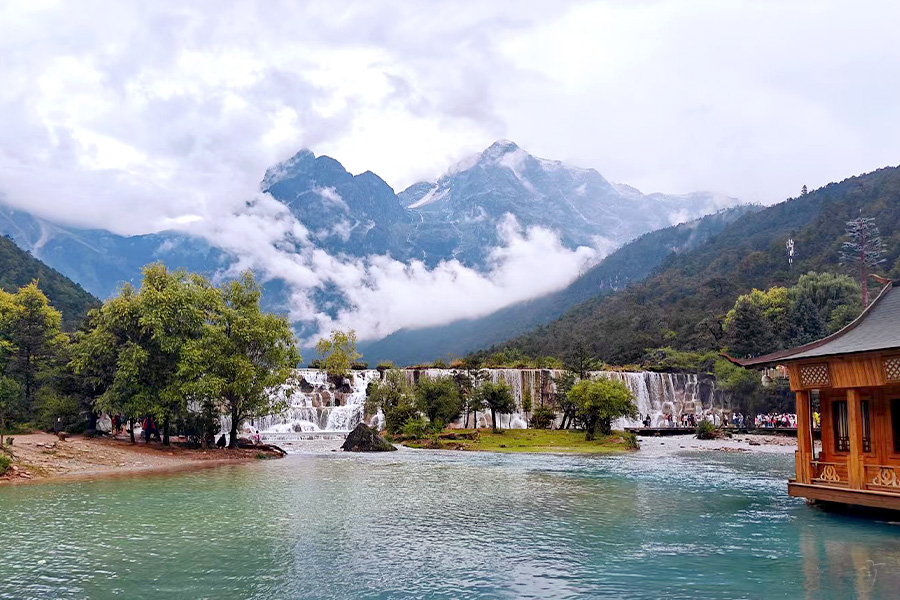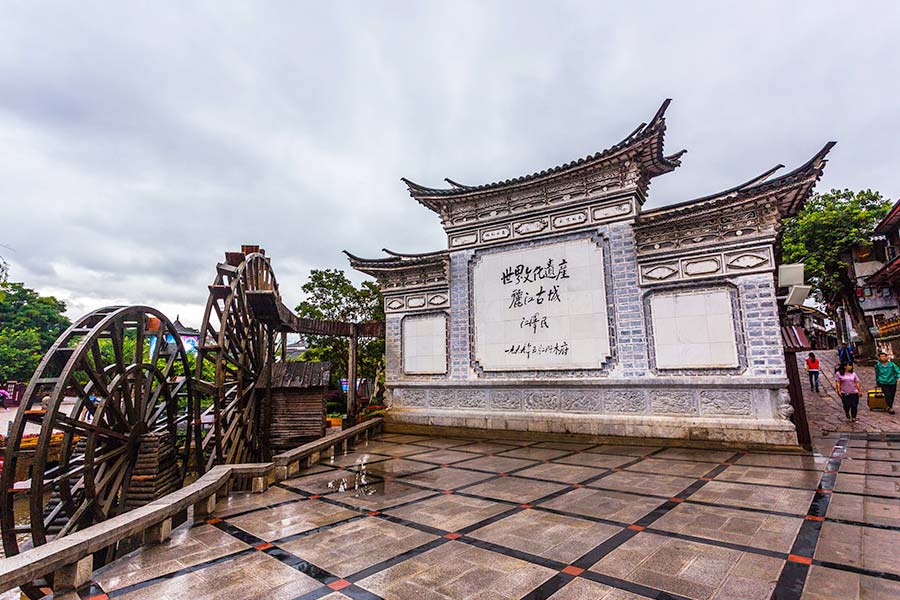Baisha Old Town

Baisha Old Town of Lijiang is the place lies closest to the Yulong Snow Mountain. It is located in the north of Lijiang embankment, and as an important part of the Lijiang World Cultural Relic, it is called “The famous town of Sichuan”, “Cultural town of eastern Sichuan”, and “Little Hong Kong”. The traditional street is in the east of the town, where you can see the Yangtze River in distance from the north and the mountains from the south. There are many traditional houses, temples and western style buildings in the town. The road paved with bluestone stretches far into the deep lanes, typical Chinese countryside and heavy cultural accumulation impress every tourist.
Baisha Old Town is the first settlement of Naxi People when they came into Lijiang basin and also the cultural origin, and it is the political center of Lijiang before Yuan Dynasty (1271-1368 A.D.). In the early Ming Dynasty (1368-1644 A.D.), the government in Baisha Old Town built many temples, for example the Liuli Temple, Dabaoji Palace and etc, and thus it was also the religion center of Lijiang in that time. Nowadays, many foreigners are very interested in the Chinese culture and the primitive environment that still kept in Baisha Old Town.
Lijiang tours
Quick Questions
Our team is waiting for your questions. Please feel free to ask us any questions you might have about our China package tours, Chinese culture, or the sites available. We will gladly help you with any special needs you might have and all questions, like our trip designing is completely free of charge.







